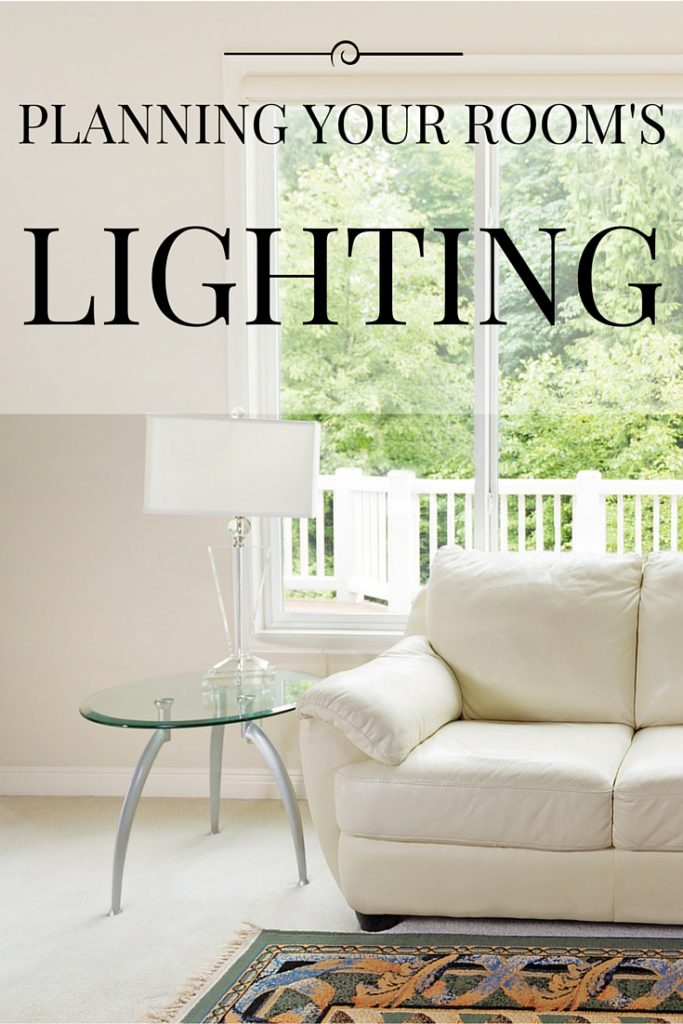01 Jun Planning Your Room’s Lighting Design
Planning Your Room’s Lighting Design
 A room’s lighting can set a mood, create depth and space, highlight the strengths of a room, improve the functionality of a space, and even regulate our sleeping & waking cycles.
A room’s lighting can set a mood, create depth and space, highlight the strengths of a room, improve the functionality of a space, and even regulate our sleeping & waking cycles.
Here are some tips to guide your room’s lighting plan:
What kind of mood do you want to create?
Different rooms should set different moods. For example, we like kitchens to feel bright, cheery, and functional. A bedroom, on the other hand, should be comfortable and relaxing. Bright lighting and task lighting can help a kitchen fulfill its purpose. A bedroom should allow for low lighting and block outside light when you need it to.
What are the functions and needs of the room?
Are there items in the room that that need more or less lighting? This might include expensive, light-sensitive items like paintings, brocade, or plants, which might need to be in or out of direct lighting. Additionally, if a tv or computer is in the room, factor in dim lighting and seek to reduce glare.
What’s the natural cycle of the sunlight in the room?
Watch your room as it progresses through the day. What’s the natural light like in the morning? In the afternoon when the sun is hottest? In the evening? North and south facing windows will provide more steadily regulated lighting during the day. East and west windows will provide sharp slants of light, broad swathes of sunshine, and total shadow, depending on the time of day. Consider what kind of lighting you want to invite into your home, and what kind you’ll want to regulate.
What are your resources?
This will include your windows, a skylight, and the lamps and lighting fixtures already there. Your adjustments might include installations of new lighting, dimmers, additional windows, and especially, adjustments to the existing windows. Although windows might be difficult to move, it’s easy to make old windows seem new with some strategic window shades and blinds.
Several interior design professionals say the biggest-impact, lowest-cost upgrade you can make is to install dimmers. Consider shutters and blinds your natural-light dimmers. They allow you to control the levels of light and the direction in which it’s cast. Additionally, beautiful shades will suddenly upgrade your room, and add design, polish, and visual interest to boring windows.
Consider important design principles when planning your lighting:
Create variety: Lighting fatigue occurs when there’s no variety in a room’s lighting. This can make the whole room feel hard, unforgiving, and flat. There’s no place for your eyes to rest. Counter this by incorporating variety into your lighting scheme: light and shadow, highlights and lowlights. There should be light at different levels and from different directions.
Accentuate the positive: Highlight your favorite aspects of a room, or downplay the things that you want to hide. Cast a spotlight over a favorite piece of furniture, a decoration or a picture. Bathe alcoves and corners in soft light to give a cozy feel.
Incorporate function: Spotlight functional areas: a game table, a walkway, or a project space.
Call us for all of your window dressing needs. We do quality work with quality materials. We can help you find the perfect complement to your windows and rooms, and create a lighting mood that will suit your space with a beautiful, polished look.

Sorry, the comment form is closed at this time.